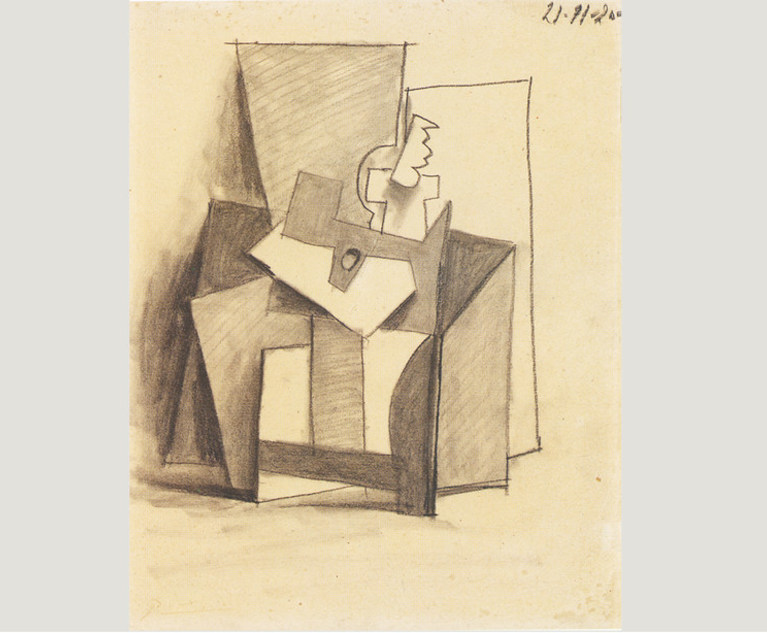While the U.S. Supreme Court weighs a potentially momentous ruling on fair use, photography and fine art in The Andy Warhol Foundation for the Visual Arts v. Goldsmith, the U.S. Court of Appeals for the Ninth Circuit recently adjudicated a fair use claim involving photographs of hundreds of works by perhaps the only 20th century artist even more famous than Warhol: Pablo Picasso. In De Fontbrune v. Wofsy, 39 F.4th 1214 (9th Cir. 2022), the plaintiff sought to enforce a French judgment against defendant’s unauthorized duplication of over 1,400 photographs of Picasso artworks in its so-called “Picasso Project.” The photos had originally been made by or for plaintiff’s predecessor beginning in the 1930s for an authorized catalogue raisonné of Picasso’s work, the so-called “Zervos Catalogue,” and were held by the French courts to be protectable in their own right as photographs. Defendant challenged the enforcement of the French judgment in the United States on a number of grounds, including the claim that the judgment violated U.S. public policy by imposing liability on activities that would be shielded by the fair use doctrine had they occurred in the U.S. A California district court agreed, and granted summary judgment to defendant on that basis.
On appeal, the Ninth Circuit reversed. Citing Supreme Court precedent, it acknowledged that fair use is one of the “built-in First Amendment accommodations” that ease the apparent tension between free expression and U.S. copyright law, but held that defendant’s use of plaintiff’s photographs was simply not fair use. In a footnote, it made clear that “[w]e leave for another day the question of whether a defendant’s lack of opportunity to assert a clearly meritorious fair use defense would render a foreign judgment repugnant to the public policy of the United States or of California” (emphasis original).


 Pablo Picasso’s Le Gueridon (Photo: Courtesy Photo)
Pablo Picasso’s Le Gueridon (Photo: Courtesy Photo)




